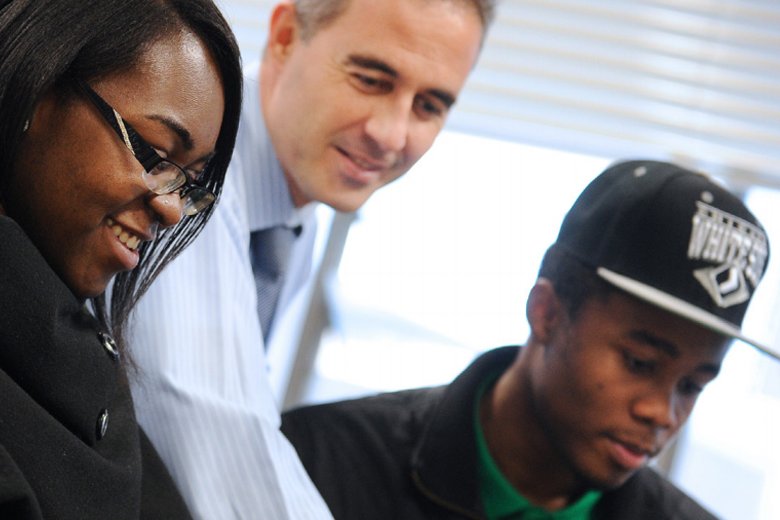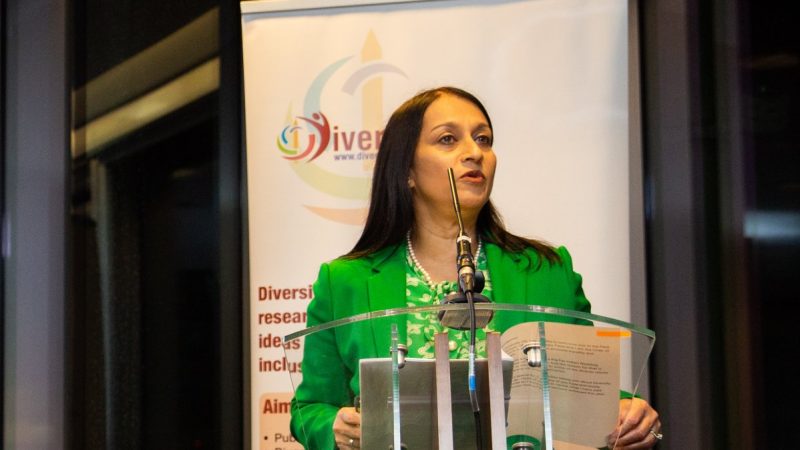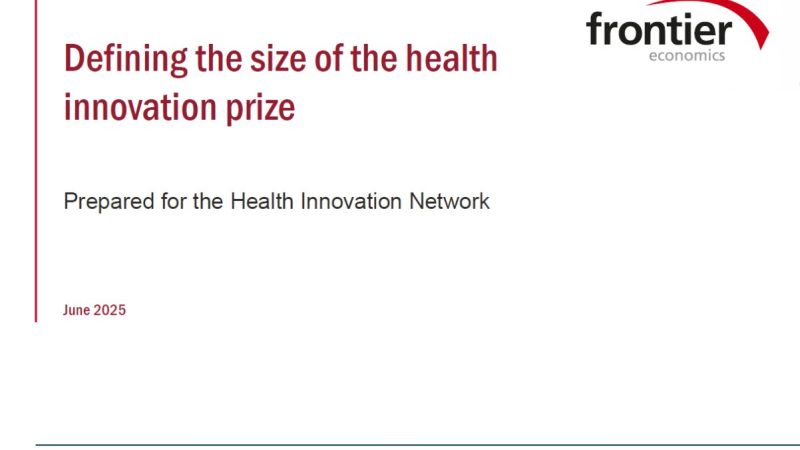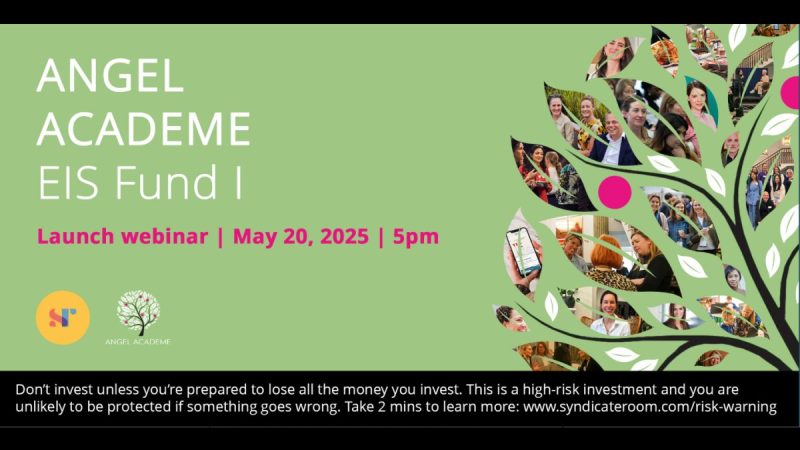Plans to improve diversity in science & engineering

The science and engineering professions are taking steps to improve diversity and inclusion across science, technology, engineering and maths (STEM) careers. The Royal Academy of Engineering and the Science Council are launching a new framework, the first of its kind, to help professional bodies assess and monitor their progress on diversity and inclusion, with an event to be held at the Institution of Civil Engineers on Thursday 15 December 2016.
Many initiatives have been taken to attract and retain more women and young people from ethnic backgrounds into science and engineering careers, but far more needs to be done to make STEM more attractive to, and inclusive of people from a wide range of backgrounds. A new Academy report shows that while engineering graduates are highly employable, there is a noticeable difference in how quickly different ethnic groups fare in the job market: 71% of white engineering graduates find full-time jobs after six months compared with just 51% of black and minority ethnic (BME) students.
The science and engineering communities have a long way to go in building a more diverse culture:
- 8% of people in professional engineering roles are female, according to Sir John Perkins’ 2013 Review of Engineering Skills, and only 4.6% of those registered with their professional institutions are female
- 20% of physics ‘A’ levels are awarded to girls (IOP, It’s Different for Girlsreport 2011)
- 15% of engineering and technology first degrees are awarded to females
- 25.5% of engineering and technology first degrees are awarded to people from black and ethnic minority backgrounds (EngineeringUK report 2016), compared with around 6% in professional engineering roles (Academy Labour Force Survey data analysis, 2013)
- In the technology profession, women make up just 17% of IT professionals, according to the Women in IT 2016 Scorecard published by BCS, The Chartered Institute for IT and Tech Partnership.
Professional bodies play an important role in supporting scientists and engineers throughout their careers, recognising and upholding their professional standards as well as providing continuous professional development.
Engineering Diversity Concordat
The new progression framework builds on the Engineering Diversity Concordat; and the Science Council Declaration on Diversity, Equality and Inclusion, both of which have been signed by BCS. The initiative centres on identifying diversity and inclusion practice in relation to eight functions common to professional bodies. It gives professional bodies the opportunity to assess each of these functions against a four-level maturing model. The aim is to support discussion, initiation, planning and assessment of diversity and inclusion work.
Philip Greenish CBE, Chief Executive of the Royal Academy of Engineering, says:
“The success of engineering and science based activities in the UK is constrained in various ways by limitations in diversity and inclusion in the workforce. In 2012, the Academy established an Engineering Diversity Concordat as part of its work to improve the situation and it is now supported by 30 professional engineering institutions.
“The Academy is very pleased to have the opportunity to build on this through collaboration with the Science Council so that we can jointly address diversity and inclusion issues across the whole STEM landscape. Professional bodies form the backbone of the engineering profession and we intend that this framework will provide them a clear and transparent tool to make a step-change in improving diversity and inclusion.”
Belinda Phipps, Chief Executive at the Science Council, says:
“From the moment a baby is born its life is shaped by the enforcement of stereotypes: girl children are taught they must be clean and quiet; those of certain ethnic origin are expected not to succeed. While there is still much to be done across society to truly create a world where gender, skin colour, body and social class do not limit life chances, it is great to see such a big move forward by these professional bodies and institutions for the benefit of scientists and engineers everywhere.”




